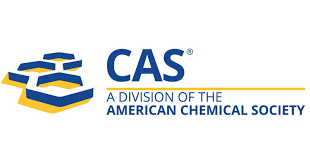Study of cause and outcome of stoma in septic peritonitis in a tertiary care centre
Keywords:
perforativeperitonitis, intestinalstoma.Abstract
Background: peritonitis is the inflammation of peritoneum and peritoneal cavity,
usually caused by a localized or generalized infection[1]. Mounting studies have
shown different etiological spectrums for perforation peritonitis in india compared to
rest of the world.[2-5]an intestinal stoma is one of the lifesaving surgical procedure
employed during the management of perforation peritonitis.A variety of
complications associated with stoma formation and its closure have been reported
complications following the creation of an intestinal stoma are experienced by 20–
70% of thepatients.[6,7,8]With this backdrop, the present study was carried out to
evaluate the indications and adverse risk factors which lead to stoma formation in
perforative peritonitis. Further, patients outcome in terms of mortalityand morbidity
where stoma were also evaluated.
Method: retrospective data was collected for patients who had undergone intestinal
stoma for perforative peritonitisatdepartmentofgeneral
surgeryatatertiarycarehospitalinAhmednagaroveraperiodof2years Data collected
included personal details like age and sex of the patient, primary disease
causingperitonitis, adverse risk factors, type of stoma, complications following stoma
and length of hospital stay.
Results: over the time period of 2 years, 54 patients underwent stoma. Average age
of the patients was 35 years (range 17 – 78 years). 64% were males and 36% were
females.Major cause of peritonitis was enteric fever (n= 16), followed by
tuberculosis of intestine (n= 11).Major adverse risk factors were sepsis (n= 35),
anemia (n=33) and hypoproteinemia (n=29).Commonest site for stoma was the ileum
(n=23). The other sites for stoma were transverse colon (n=7), sigmoid colon (n=2)
and jejunum (n=2). The commonest type of stoma was loop stoma (n=22) followed
by double barrel stoma (n=10) and end stoma (n=7).Wound infection was the
commonest complication (n=32) followed by respiratory complications (n=17).
Average duration of hospital stay was 17.1 days (range 6 -90 days).There was 14%
mortality.
Conclusions: common indications for intestinalstomas were perforative peritonitis
following enteric fever and tuberculosis. This is the pattern commonly seen in
tropical countries of the indian subcontinent. Main complications were wound
infections followed by respiratory complications.
Keywords: perforativeperitonitis, intestinalstoma.
.png)









